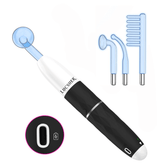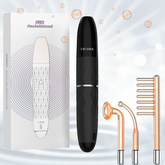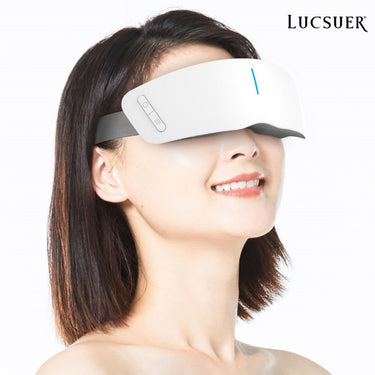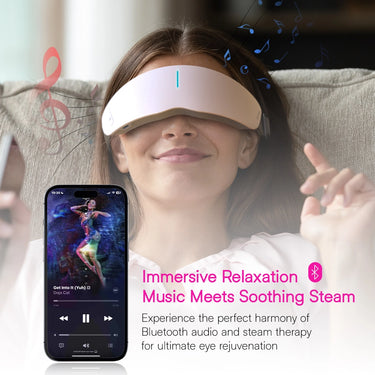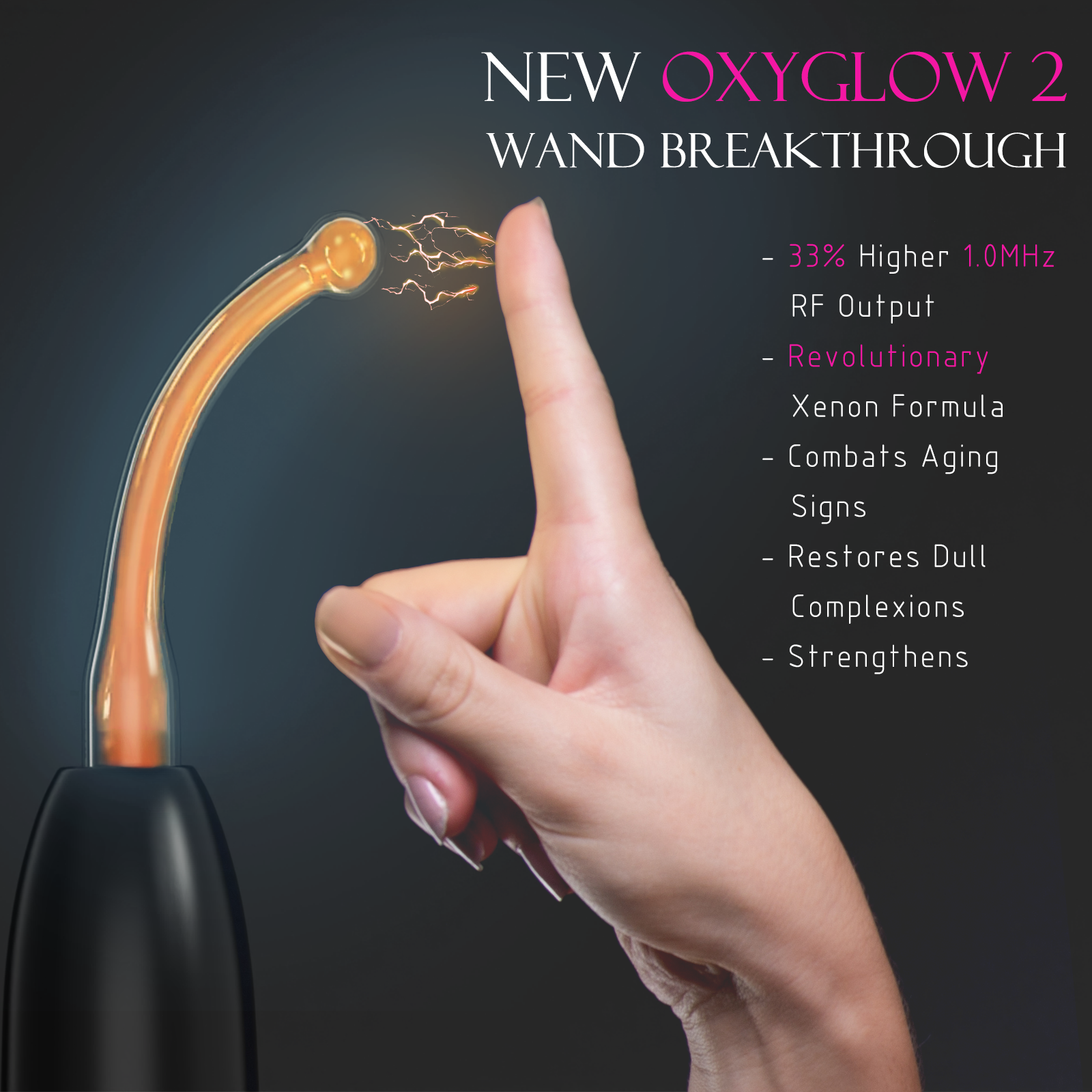The quest for optimal anti-aging effects has been a long-standing goal of human civilization. Aging is a complex and multifactorial process that involves genetic, environmental, and lifestyle factors. It is associated with various chronic diseases and conditions, such as Alzheimer's disease, cancer, cardiovascular disease, diabetes, osteoporosis, and sarcopenia. Aging also affects the appearance and function of the skin, the largest organ of the body. Skin aging is characterized by wrinkles, sagging, dryness, pigmentation, and reduced elasticity.
Many strategies have been proposed and tested to delay or reverse the aging process, such as caloric restriction, antioxidant supplementation, hormone replacement therapy, stem cell therapy, gene therapy, and anti-aging drugs. However, none of these interventions have been proven to be safe and effective in humans. Moreover, the mechanisms of aging and its modulation are still not fully understood.
Therefore, there is a need for more research on the molecular and cellular pathways of aging and how they can be manipulated to achieve optimal anti-aging effects. In this chapter, we will review some of the current and future areas of research that may provide new insights and opportunities for anti-aging medicine.
High Frequency Wands for Skin Rejuvenation
One of the emerging technologies for skin rejuvenation is the use of high frequency wands. These are handheld devices that generate electrical currents at high frequencies (ranging from 100 kHz to 3 MHz) and low voltages (ranging from 5 to 15 kV). The high frequency currents produce heat and ozone in the skin, which have various biological effects.
High frequency wands have been shown to improve blood circulation, oxygenation, collagen synthesis, wound healing, acne treatment, skin tightening, and wrinkle reduction. They are also claimed to have antibacterial, anti-inflammatory, and detoxifying properties. High frequency wands are generally safe and well-tolerated by most skin types.
However, there are still some limitations and challenges in the use of high frequency wands for skin rejuvenation. For instance, the optimal parameters (such as frequency, voltage, duration, and electrode shape) for different skin conditions and outcomes are not well-established. The long-term effects and safety of high frequency wands are also not well-studied. Moreover, the mechanisms of action of high frequency wands on the skin are not fully elucidated.
Therefore, more research is needed to optimize the design and application of high frequency wands for skin rejuvenation. Some of the possible future directions include:
- Developing cordless high frequency wands that are more portable and convenient to use.
- Comparing the efficacy and safety of different types of electrodes (such as mushroom, bent, and comb) for different skin areas and purposes.
- Investigating the molecular and cellular changes induced by high frequency wands on the skin using various techniques (such as histology, immunohistochemistry, gene expression analysis, proteomics, metabolomics, etc.).
- Evaluating the long-term effects and potential side effects of high frequency wands on the skin using animal models and human trials.
- Exploring the synergistic or additive effects of combining high frequency wands with other anti-aging modalities (such as topical agents, microneedling, radiofrequency, ultrasound, etc.).
Gut Microbiota Modulation for Anti-Aging
Another promising area of research for anti-aging is the modulation of gut microbiota. Gut microbiota refers to the diverse community of microorganisms (such as bacteria, fungi, viruses, etc.) that inhabit the gastrointestinal tract. Gut microbiota plays an important role in various aspects of human health and disease, such as digestion, metabolism, immunity, inflammation, neurotransmission, and behavior.
Gut microbiota composition and function change with age, and these changes may contribute to aging-related diseases and conditions, such as obesity, diabetes, cardiovascular disease, cognitive decline, and frailty. Moreover, gut microbiota may influence the efficacy and toxicity of anti-aging interventions, such as caloric restriction and metformin.
Therefore, modulating gut microbiota may be a potential strategy to delay or reverse the aging process. Some of the possible ways to modulate gut microbiota include:
-
Prebiotics: These are non-digestible food components (such as fiber) that selectively stimulate the growth or activity of beneficial gut microbes. Prebiotics may improve gut barrier function, reduce inflammation, enhance immunity, and modulate metabolism.
-
Probiotics: These are live microorganisms (such as lactobacilli or bifidobacteria) that confer health benefits to the host when administered in adequate amounts. Probiotics may restore gut microbial balance, inhibit pathogenic microbes, produce bioactive compounds, and modulate immune responses.
-
Synbiotics: These are combinations of prebiotics and probiotics that have synergistic effects on gut microbiota modulation. Synbiotics may enhance the survival and colonization of probiotics, as well as the production and utilization of prebiotics.
-
Fecal microbiota transplantation (FMT): This is a procedure that involves transferring fecal material from a healthy donor to a recipient with a dysbiotic gut microbiota. FMT may restore gut microbial diversity, function, and resilience, and treat various diseases and conditions, such as Clostridioides difficile infection, inflammatory bowel disease, irritable bowel syndrome, obesity, and metabolic syndrome.
-
Dietary interventions: These are changes in the type, quantity, or frequency of food intake that may affect gut microbiota composition and function. Dietary interventions may include caloric restriction, intermittent fasting, ketogenic diet, Mediterranean diet, vegetarian diet, etc. Dietary interventions may modulate gut microbiota through various mechanisms, such as altering nutrient availability, pH, bile acids, short-chain fatty acids, etc.
-
Pharmacological agents: These are drugs or natural compounds that may target or modulate gut microbiota directly or indirectly. Pharmacological agents may include antibiotics, probiotics, prebiotics, synbiotics, metformin, rapamycin, resveratrol, curcumin, etc. Pharmacological agents may modulate gut microbiota through various mechanisms, such as inhibiting or killing pathogenic microbes, stimulating or enhancing beneficial microbes, altering microbial metabolism or signaling pathways, etc.
-
Developing standardized and validated methods for assessing gut microbiota composition and function using various techniques (such as 16S rRNA sequencing, metagenomics, metatranscriptomics, metabolomics, etc.).
Identifying the key gut microbial species or strains that are associated with aging and aging-related diseases and conditions using various approaches (such as correlation analysis, causation analysis, association analysis, etc.). -
Investigating the mechanisms of action and interaction of gut microbiota and its metabolites on various organs and systems involved in aging using various models (such as cell culture, organoids, animal models, human trials, etc.).
-
Evaluating the efficacy and safety of different gut microbiota modulation strategies for anti-aging using various outcomes (such as biomarkers, clinical endpoints, quality of life indicators, etc.).
Telomere Lengthening for Anti-Aging
Another potential area of research for anti-aging is telomere lengthening. Telomeres are the protective caps at the ends of chromosomes that prevent DNA damage and chromosomal instability. Telomeres shorten with each cell division due to the end-replication problem and oxidative stress. When telomeres reach a critical length, cellular senescence or apoptosis is triggered, which leads to tissue aging and dysfunction.
Telomere length is considered a biomarker of biological aging, as it reflects the cumulative history of cell division and stress exposure. Telomere length is influenced by various factors, such as genetics, environment, lifestyle, and disease. Telomere length also varies among different cell types, tissues, and organs.
Therefore, lengthening telomeres may be a way to extend cellular lifespan and delay or reverse the aging process. Some of the possible ways to lengthen telomeres include:
-
Telomerase activation: Telomerase is an enzyme that adds telomeric repeats to the ends of chromosomes. Telomerase is normally expressed in stem cells and germ cells, but not in most somatic cells. Telomerase activation may restore telomere length and prevent cellular senescence or apoptosis. Telomerase activation may be achieved by gene therapy, small molecules, or natural compounds.
-
Alternative lengthening of telomeres (ALT): ALT is a mechanism that uses homologous recombination to maintain telomere length in some cells that lack telomerase activity, such as cancer cells. ALT may be exploited to lengthen telomeres in normal cells by inducing DNA damage or inhibiting DNA repair pathways.
-
Telomere uncapping: Telomere uncapping is a process that exposes the telomeric DNA to recognition by DNA damage response pathways. Telomere uncapping may induce telomere elongation by stimulating homologous recombination or non-homologous end joining.
More research is needed to determine the optimal methods and parameters for telomere lengthening for anti-aging. Some of the possible future directions include:
-
Developing standardized and validated methods for measuring telomere length using various techniques (such as quantitative PCR, flow cytometry, fluorescence in situ hybridization, etc.).
-
Identifying the optimal telomere length for different cell types, tissues, and organs using various models (such as cell culture, organoids, animal models, human trials, etc.).
-
Investigating the mechanisms of action and interaction of telomere lengthening strategies on various organs and systems involved in aging using various techniques (such as histology, immunohistochemistry, gene expression analysis, proteomics, metabolomics, etc.).
-
Evaluating the efficacy and safety of different telomere lengthening strategies for anti-aging using various outcomes (such as biomarkers, clinical endpoints, quality of life indicators, etc.).
Conclusion
In this chapter, we have reviewed some of the current and future areas of research for optimal anti-aging effects. These include high frequency wands for skin rejuvenation, gut microbiota modulation for anti-aging, and telomere lengthening for anti-aging. These areas of research may provide new insights and opportunities for anti-aging medicine. However, more research is needed to determine the optimal methods and parameters for these interventions, as well as their mechanisms of action and interaction on the aging process. Moreover, the ethical, social, and legal implications of these interventions should also be considered. We hope that this chapter will stimulate further interest and exploration in the field of anti-aging research.
